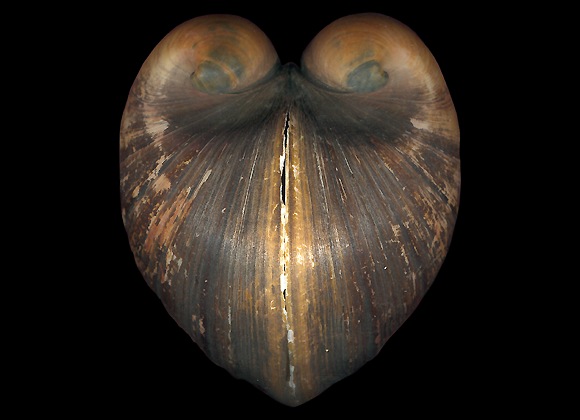
Muddy bottoms from sublittoral to continental shelf.
Above and below: 26m deep, on mud, off Dalmatia, NE. Adriatic. 80mm.
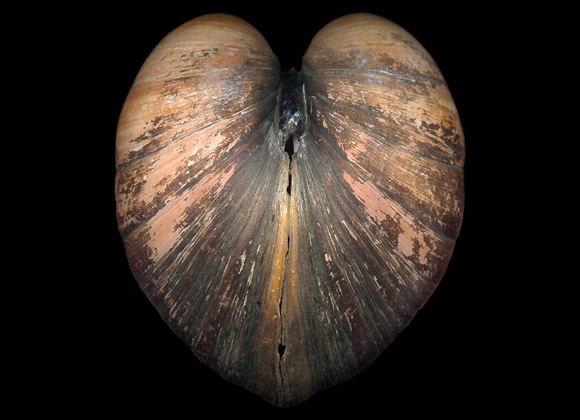
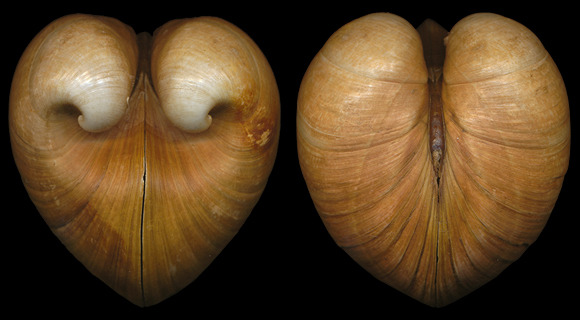
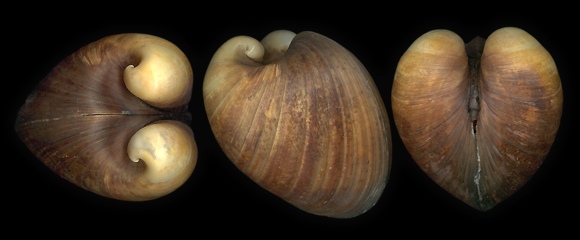
Trawled off Málaga, Andalucia, S. Spain. 70mm.
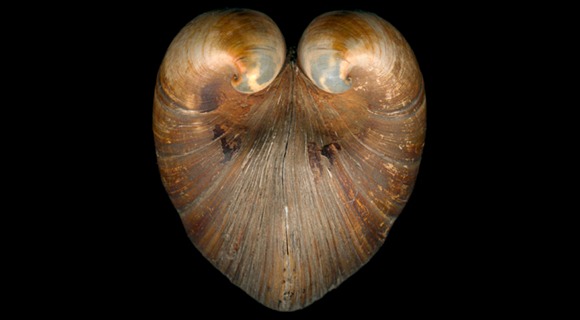
Shells from NE. Atlantic are sometimes more elongate – a clinal variant named “hibernicus.”
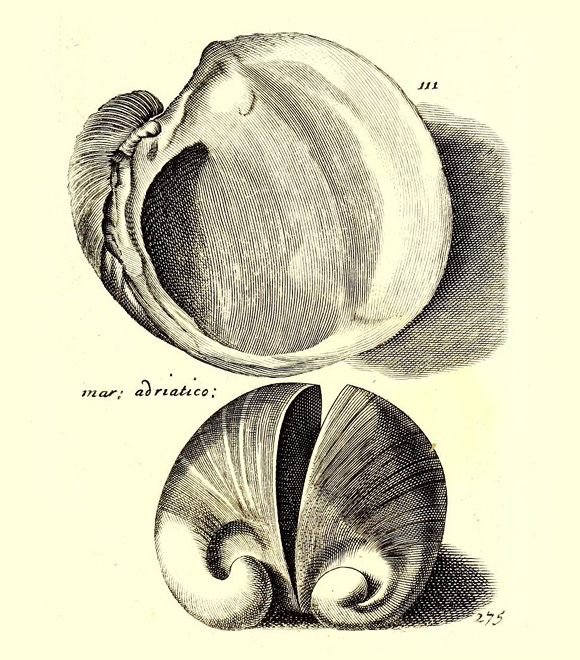
In the beginnings, there was a strong misunderstanding of what was Cardium humanum. In fact, people did not make the difference between the big heart of Isocardia cor and the little heart of the genus Corculum. This is the reason why Cardium humanum in Martini & al.: Neues systematisches Conchylien-Cabinet VI, was confused with Corculum cadissa. And the references were false also. For instance, in Martini op. cit., the reference to Lister’s Historiae conchyliorum leads to cardissa. The true C. humanum by Lister is displayed in 275/111 – picture above, via BHL.
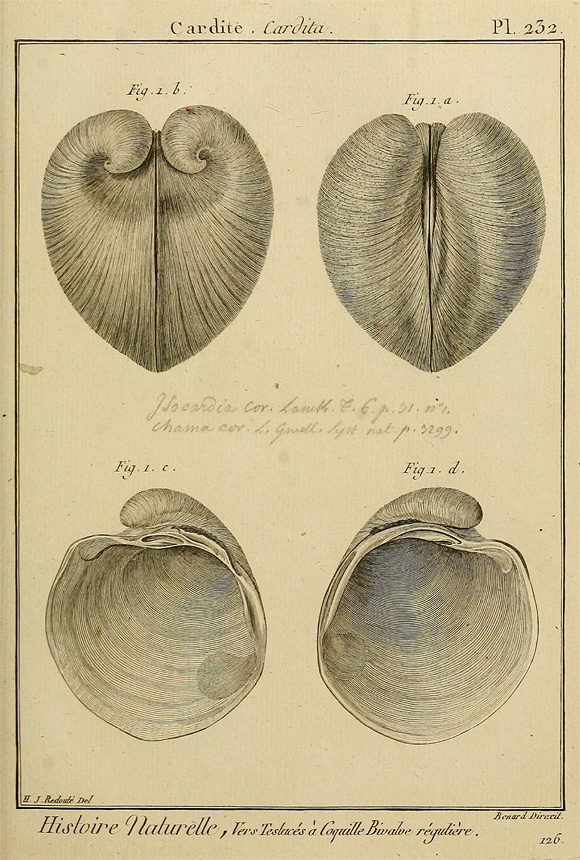
Isocardia cor in J. G. Bruguière: Histoire naturelle des Vers, Atlas tome II, Paris 1827, via BHL.
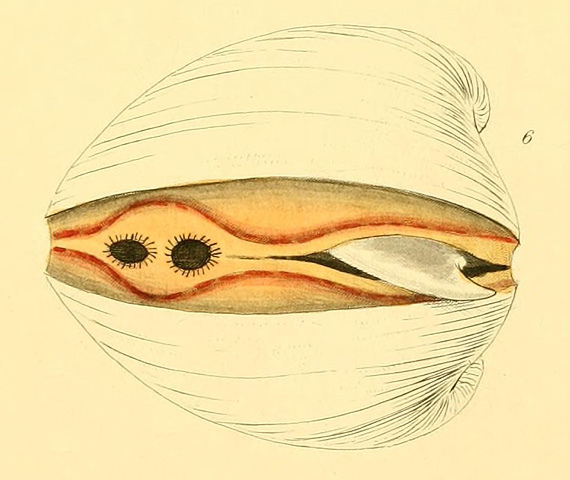
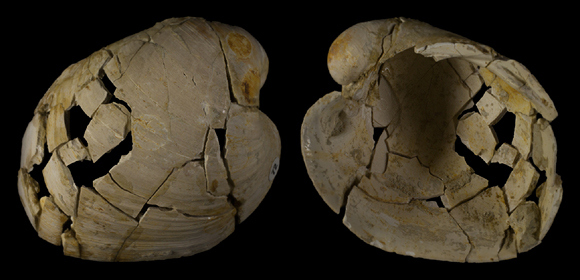
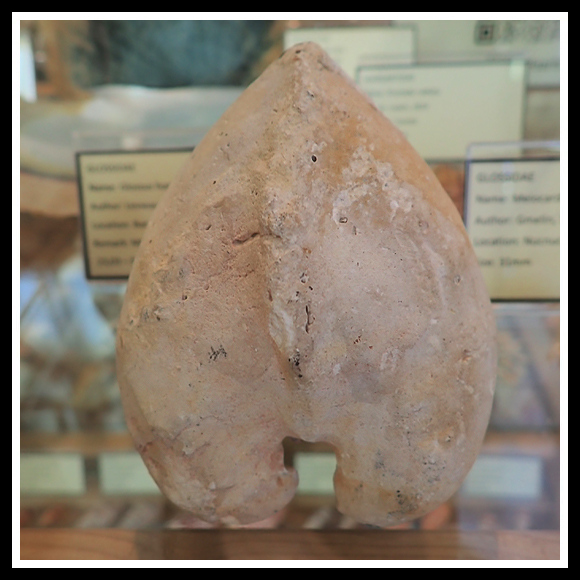
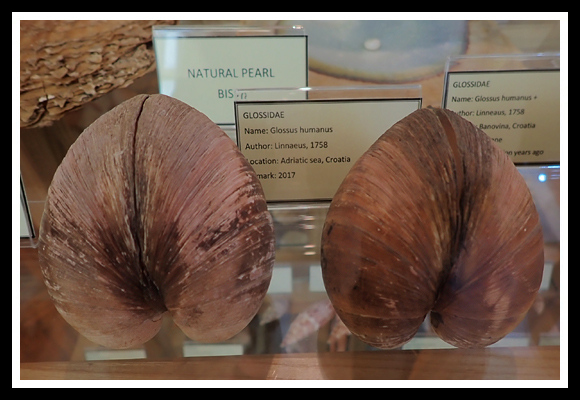
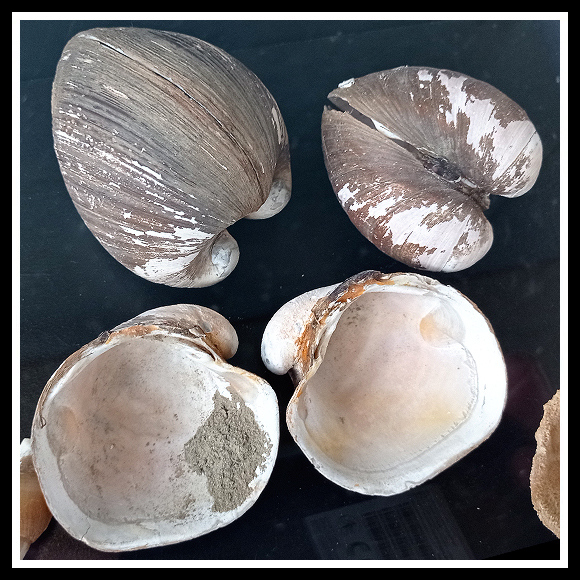
Heavy specimens from the Grande Vasière, collected at about 100-140m deep, southern Finistère, W. Brittany, NW. France. – J.-M. Morel’s didactic showcases, ACO, AFC (FR). At the bottom right of this image can be seen the edge of an Axinella infundibuliformis (Linnaeus, 1759), rather common on this bottom, but endangered by scampi dredgings.